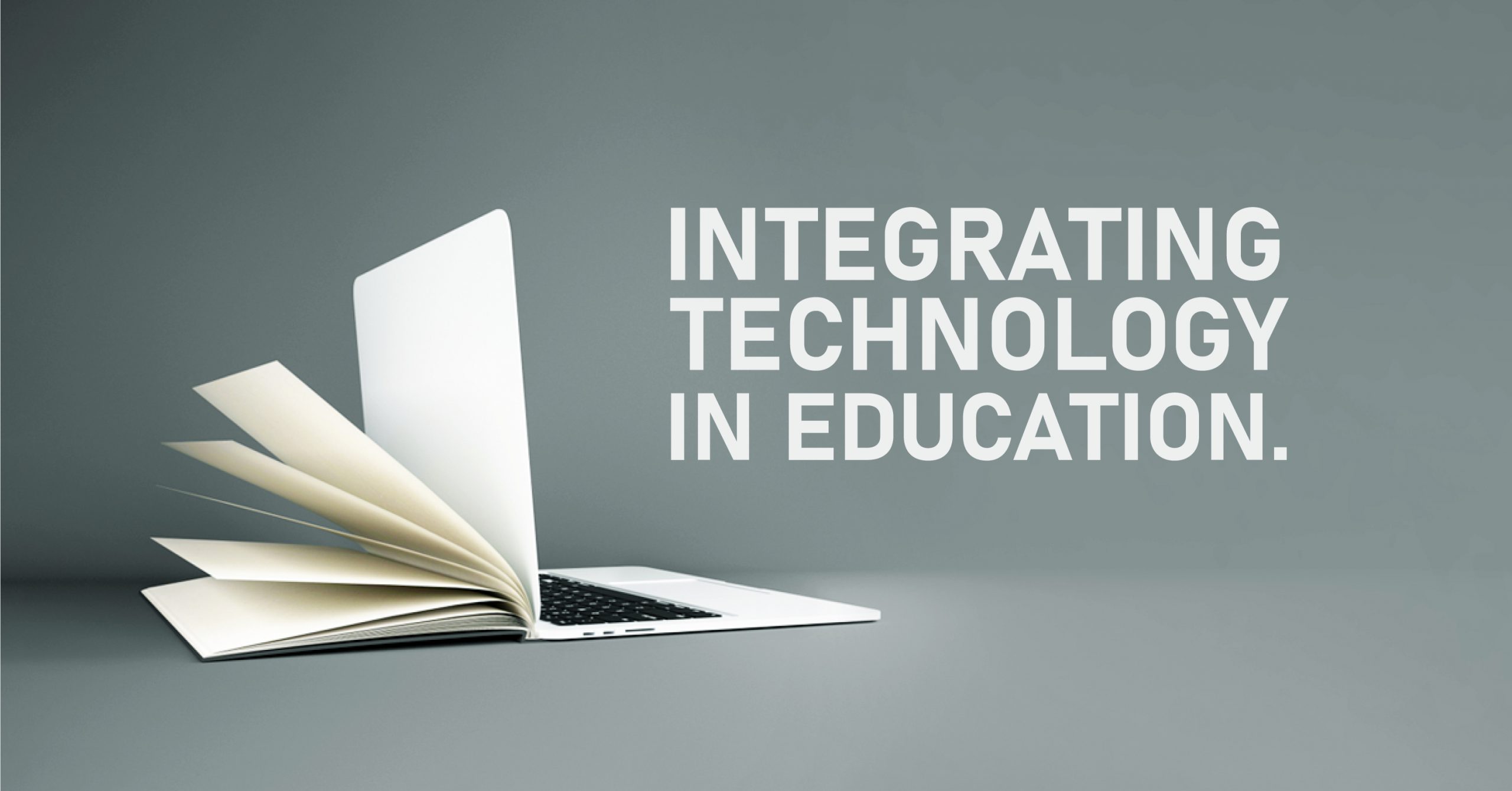In a world increasingly driven by technological advancements, education is no exception to the transformative power of technology. Even in Christian schools, where faith and tradition play a central role, technology has found a place in modern classrooms. The integration of technology in Christian education is not about diluting faith but enhancing it, enabling students to navigate an ever-changing world while maintaining their Christian values.
The Role of Technology in Modern Christian Classrooms
- Engaging Bible Study: Technology allows students to access various versions of the Bible, research Biblical topics, and participate in online Bible studies. Online devotionals and Christian apps can deepen students’ understanding of Scripture.
- Distance Learning: Especially relevant in the context of a global pandemic, technology enables distance learning, ensuring that Christian education remains accessible and uninterrupted.
- Enhancing Communication: Technology facilitates better communication among students, teachers, and parents, helping to build a sense of community within Christian schools.
- Interactive Learning: Tools like interactive whiteboards, educational software, and e-books make learning more engaging and interactive. Case Study: A Christian school in Nigeria implemented e-books for Bible study, increasing student engagement and comprehension.
- Access to Resources: The internet provides students with access to a vast array of educational resources, including Christian literature, historical documents, and theological research.
Practical Approaches for Implementation
- Professional Development: Equip teachers with the necessary skills to integrate technology into their teaching methods effectively. Provide training sessions and access to resources.
- Choose Appropriate Tools: Select technology that aligns with the Christian curriculum and values. Ensure that technology aids spiritual growth and moral development.
- Online Safety: Implement strict online safety protocols to protect students from inappropriate content and cyberbullying. For example, a Christian school in Lagos used content filters and parental control software to ensure a safe online environment.
- Parent Involvement: Encourage parents to participate actively in their child’s technology-assisted education. Provide resources for parents to support their child’s faith-based learning journey.
- Evaluate Impact: Regularly assess the impact of technology integration on students’ spiritual growth and academic performance. Adjust strategies as needed.
Conclusion
The incorporation of technology in Christian education is not a deviation from tradition but an evolution that enhances and enriches the learning experience. Technology in Christian schools fosters engagement, facilitates access to resources, and prepares students for the challenges of the modern world while nurturing their Christian values.
By implementing technology thoughtfully and aligning it with the core principles of faith, Christian schools can ensure that their students are not only academically prepared but spiritually grounded in a rapidly changing world.

Leave a Reply